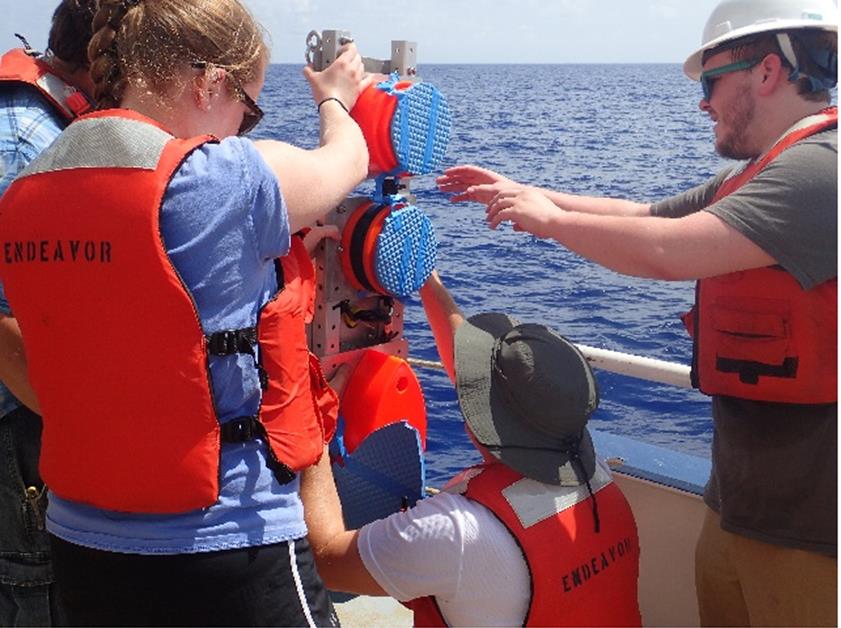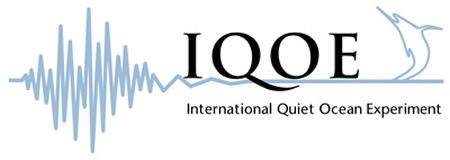My name is Brandyn Lucca and I am a PhD student at Stony Brook University. I am primarily focused on how sound bounces off of different types of animals, which is important for converting acoustic backscatter measured by scientific echosounders into estimates of abundance and biomass. Likewise, understanding their acoustic signatures/fingerprints allows us to classify aggregations and schools we observe from the acoustic backscatter data. Unlike the last trip, our echosounders are not mounted to the hull of the ship. Instead, we had to construct a polemount on the starboard side of the ship, which required a team effort from both the day and night-shift folks.

These echosounders are very sensitive fish finders that send out sound into the water column to see stuff, such as animals and bubbles, in the water column without needing to use nets or other. We are sampling at four frequencies: 38, 70, 120, and 200 kHz. These different frequencies allow us to determine what kind of things we are seeing. For instance, small zooplankton and large fish generally reflect more sound at higher and lower frequencies, respectively.



